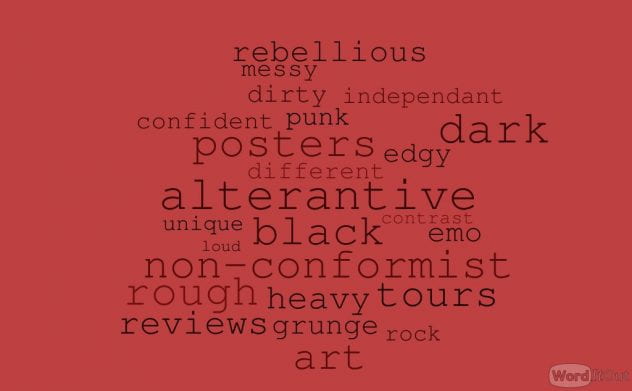The next stage of creating our magazine is considering how we want to represent our “star”, how they suit the genre and present themselves as a person to their audience. To better approach these ideas I looked at how this is done in real life, choosing an example of an artist in the genre I have chosen and looking at their various appearances and presentations in all aspects of the media – known as their meta narrative. This then takes into consideration the elements of Richard Dyer’s Paradox of a Star, considering how celebrities are often represented as simultaneously extraordinary, talented and removed from society, whilst also ordinary, relatable and empathetic; all features which lead to their affection from fans and can be observed in how they are presented through the media.

From this research, I then continued to make points on and pick out common features in models of the genre, considering all elements is C.L.A.M.P.S, shown in the moodboard below with examples;
Consequently, this moodboard can act as criteria and inspiration for me to draw off of and and idea of what I aim to include and incorporate when it comes to creating my own star image / cover model.


